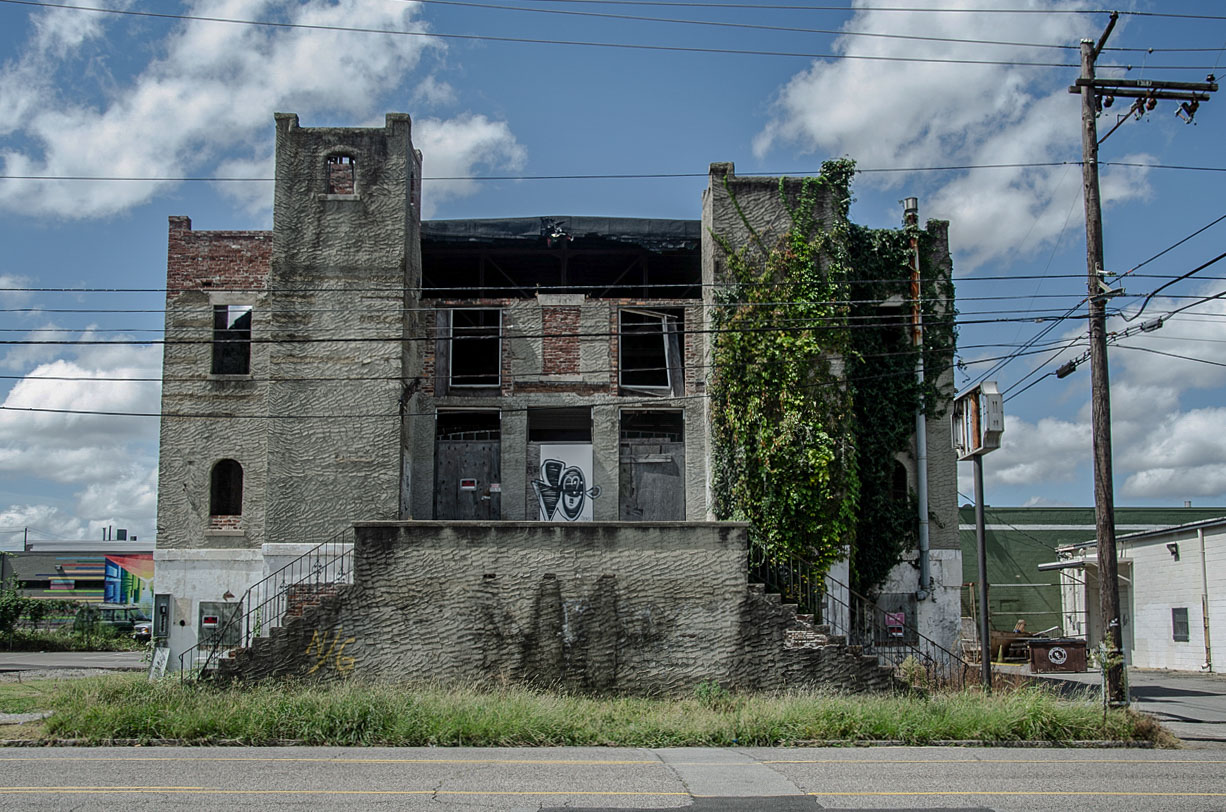| City/Town: • Birmingham |
| Location Class: • Religious |
| Built: • 1924 | Abandoned: • 1996 |
| Status: • Demolished |
| Photojournalist: • Brent Baker |
Table of Contents
Dr. Ellis M. Morton
The 32nd Street Baptist Church was a Baptist church located at 518 32nd Street South In Birmingham, Alabama from 1910 to 1995. The church served a predominantly black congregation organized in the early 20th Century as the Rising Star Baptist Church until the congregation relocated to a small frame building on 32nd Street in 1910. The congregation grew discouraged having struggled for many years on building a decent church, but every effort failed. According to The Birmingham News, a permit was issued for constructing a new building in November of 1921 at a cost of $17,800. That building is not the subject of this article nor is it known if the building approved by the permit was ever constructed.
In April 1922, Dr. Ellis M. Morton took over leadership of the congregation, and immediate steps were taken toward the construction of a new church building. Their first task was to pay off a long-standing debt of $1,000 and achieved their goal after a fifteen-month fundraising campaign. During this time, Morton was hospitalized for some time after his car rolled down the side of a hill, crushing his leg in the process. His left leg was amputated from the knee, but he returned undeterred. The church was able to raise enough funds to not only pay off the debt but also for the construction of a new three-story building. Designed by prominent African American architect Wallace Rayfield, the new church was erected in 1924 and completed at a cost of $75,000.
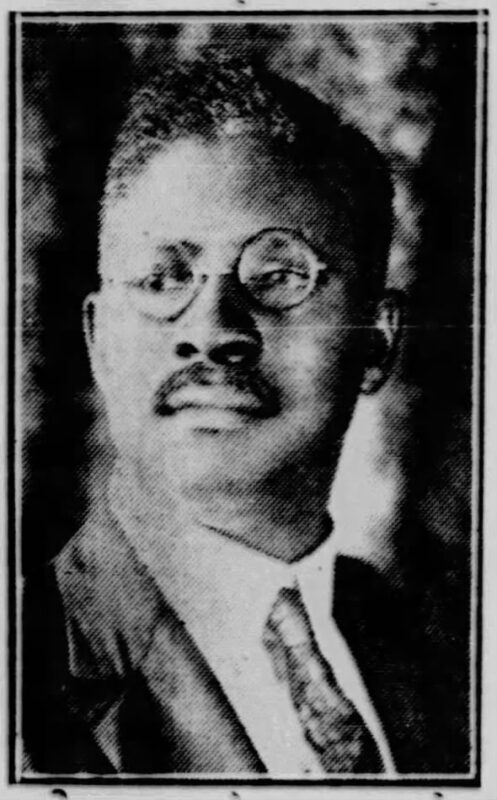
Wallace Rayfield, Architect
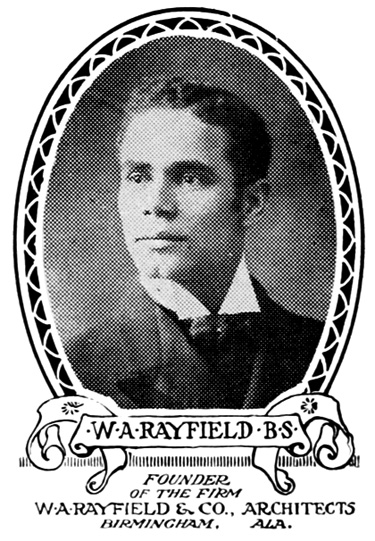
Wallace Augustus Rayfield is recognized as being the second formally-educated practicing African American architect in the United States, preceded only by Robert Robinson Taylor. He was born on March 10, 1873, in Macon, Georgia where he received his early education there. Following his mother’s death, Rayfield moved to Washington D.C. to live with his aunt. He continued his studies at the preparatory school for Howard University where he befriended the Dela Bullock Mussey, daughter of Colonel Reuben Delavan Mussey, a prominent attorney who represented the architectural offices of Alfred Bult Mullet. Through that connection, Rayfield secured a position at the architecture firm where he gained not only practical experience, but also a strong desire to pursue his interest his architecture.
After graduating from Howard University in 1896, he moved to Brooklyn, New York. There he received a certificate from the Pratt Polytechnic Institute in 1898 and completed his studies at Columbia University where he earned his bachelor’s degree in architecture in 1899.
Upon graduation from Columbia University, he was recruited by Booker T. Washington to direct the Architectural and Mechanical Drawing Department at Tuskegee Institute. He began in the Fall of 1899 directing courses in mechanical and architectural drawing, later compiling an Industrial Drawing Book with drafting exercises for students. During his time at Tuskegee, Rayfield helped raise the program from a modest instruction in drafting to a well-respected course of architectural study where many African Americans began their studies.
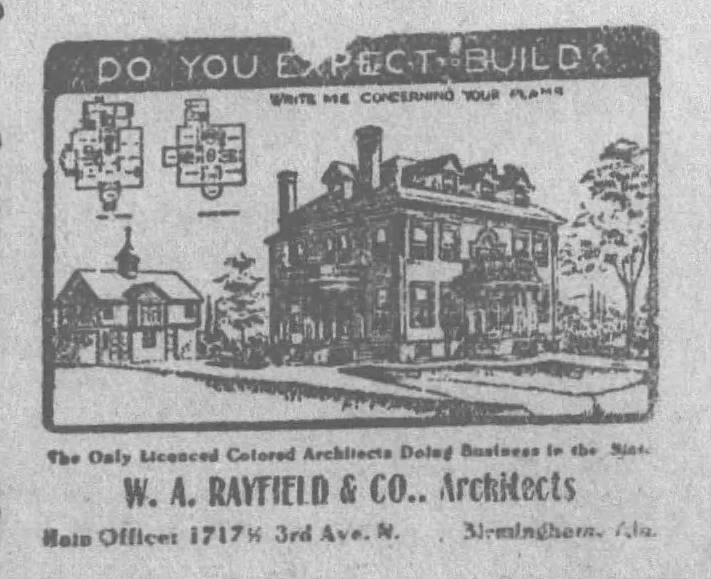
He opened his first private architectural office in Tuskegee in 1907, with branch offices across Alabama and Georgia, and launched a business marketing mail-order plans nationwide. In 1908, he left Tuskegee and moved his practice to Birmingham where he immediately secured a $40 commission on his first day in the city. He constructed his own residence at 105 1st Avenue South in Titusville, Birmingham, designed, financed, and constructed entirely within the African American community. The home featured a large stained glass window and a private architecture office surrounded by windows located up in the attic. In addition to his personal office, Rayfield owned a series of downtown offices spread out throughout the city.
While his company handled many different types of structures, Rayfield’s specialty was churches and this was where the bulk of his commissions came from. Rayfield’s records include files for 140 different projects in Alabama alone, including homes, commercial structures, fraternal buildings, and churches. He also worked on many projects outside of Alabama including Ohio, Illinois, West Virginia, Texas, Mississippi, Georgia, Tennessee, Florida, Arkansas, South Carolina, and South Africa. His most recognized work is likely the 16th Street Baptist Church in Birmingham, remembered for the 1963 bombing by Klu Klux Klan members killing four young girls in the midst of the Civil Rights Movement.
Rayfield enjoyed a successful career as an architect for more than twenty years until the Great Depression of the 1930s forced him to close his business. He suffered a stroke and died on February 28, 1941.
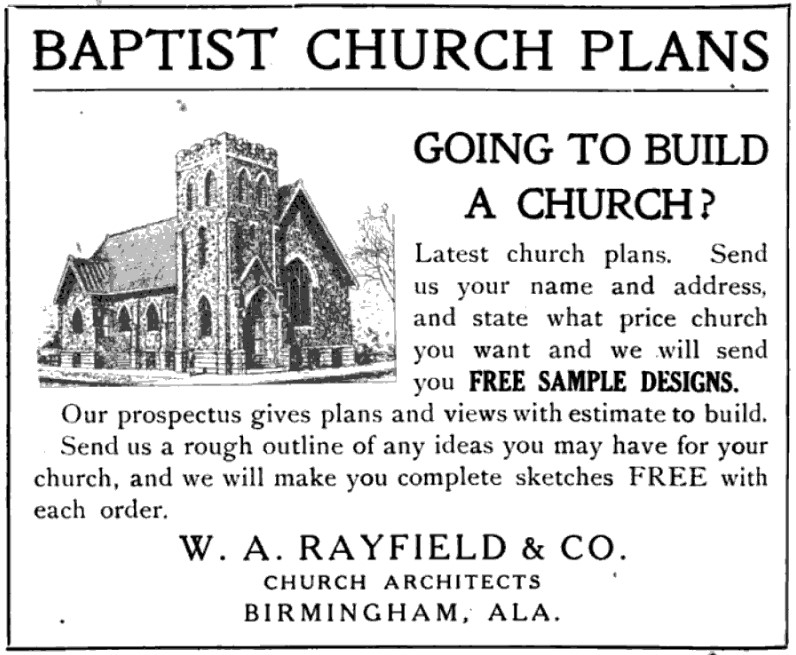
C. L. Franklin, Pastor
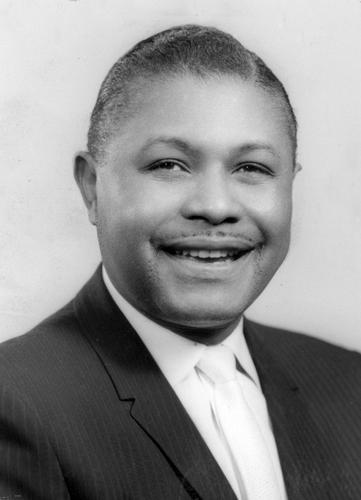
Reverend Morton was highly praised for his duties at 32nd Street Baptist Church which was the third-largest Baptist church in Birmingham by 1929. Morton remained at the church until his death in 1940. Although it was only for a brief period, of the numerous ministers who pastored 32nd Street Baptist Church, none are more recognizable than C. L. Franklin.
Born Clarence LaVaughn Walker on January 22, 1915, in Sunflower County, Mississippi, the son of Willie and Rachel Pittman Walker. His father abandoned the family shortly after returning home from World War I and he adopted his step-father’s name after his mother married Henry Franklin. The family moved to Cleveland, Mississippi where he was ordained as a minister at age 16 and soon began more than a decade of working on the black itinerant preaching circuit around the South.
On October 16, 1934, Franklin married his first wife, Alene Gaines, but the marriage did not survive. He married again to Barbara Vernice Siggers on June 3, 1936, with whom he had four children: Erma (b. 1938), Cecil (b. 1940), Aretha (b.1942), and Carolyn (b. 1944). Barbara also had a son, Vaughn, from her previous marriage who Franklin adopted shortly after their marriage.
In the early 1940s, he pastored the 32nd Street Baptist Church in Birmingham, preceded by Reverend Ellis M. Morton and succeeded by Reverend W. S. Jackson, before settling at New Salem Baptist Church in Memphis, Tennessee, where he remained until May 1944. It was in Memphis that Franklin fathered a daughter, Carl Ellan Franklin, with a 12-year-old girl from the congregation by the name of Mildred Jennings.
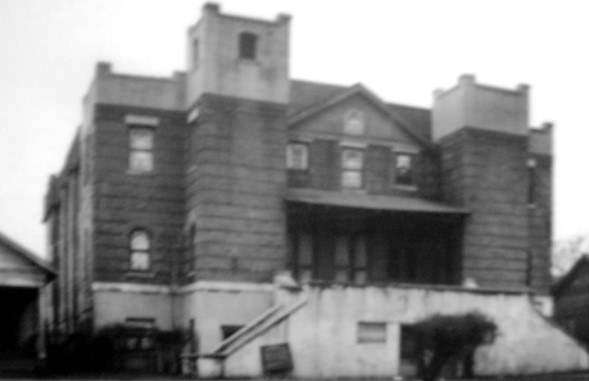
In 1944, Franklin moved to Buffalo, New York as pastor of Friendship Baptist Church where he served until June 1946 when he became pastor of the New Bethel Baptist Church in Detroit, Michigan. In 1948, he and Barbara separated and she moved back to Buffalo, New York with Vaughn, leaving their four children with Franklin. She made periodic trips to Detroit to visit her children and they traveled to New York to visit her during summer vacations. Barbara later died of a heart attack on March 7, 1952, at the age of 33. Franklin did not attend her funeral.
Known as the “the man with the golden voice,” or with the “million-dollar voice”, Franklin continued traveling the country to speaking engagements while also maintaining his pulpit at New Bethel. He was also one of the first ministers to record his sermons on vinyl records and broadcast them over the radio. He asked for up to $4000 per appearance for his public appearances, high fees for the time. Franklin was also known for his singing voice and for mastery of a style of musical preaching traditional in the Black Baptist church called “whooping”. During the 1950s, he encouraged his daughter Aretha in her musical endeavors and took her with him on his speaking tours.
As a leader of the community and a personal friend of Martin Luther King, Jr, Franklin became involved in the civil rights movement in the 1960s and worked to end discriminatory practices against black United Auto Workers members in Detroit. He served on the executive board of the Southern Christian Leadership Conference and was among the organizers of the Walk to Freedom in Detroit which took place on June 23, 1963.
On Sunday, June 10, 1979, shortly after midnight, Franklin was shot twice at point-blank range during an attempted robbery at his home in Detroit. He was taken to Henry Ford Hospital where he remained in a coma for the next five years. His children moved him back to his house six months after the shooting where he was monitored by a full-time nurse. Shortly before his death, he was moved to Detroit’s New Light Nursing Home where he died on July 27, 1984.
32nd Street Baptist Church, 1940s-2021
Reverend C. H. Parker pastored 32nd Street Baptist Church from 1946 to 1983 and provided strong and stable leadership of a membership estimated at 300 persons. Until 1963, pastors lived next door in the one-story frame parsonage. The church sanctuary functioned as one big room “for one big family” with services, Sunday School classes, and meetings all conducted, at separate times, in the two-story open space. Due to its large seating capacity and supportive pastor, Thirty Second Street Church frequently hosted Alabama Christian Movement for Human Rights (ACMHR) and other Civil Rights era meetings. It had been made a stop on the Freedom Trail and has been under consideration for National Historic Landmark status.
Under the pastorage of Reverend Roy C. Allen, the congregation moved in 1995 to an existing church building in the Powderly neighborhood of Southwest Birmingham. The Powderly church was closed down and put up for sale in 2009 after the church failed to keep up with its mortgage payments. Shortly after the closure of the 32nd Street Baptist Church, it was measured and photographed in 1996 by Richard K. Anderson and Jet Lowe for the Historic American Buildings Survey.
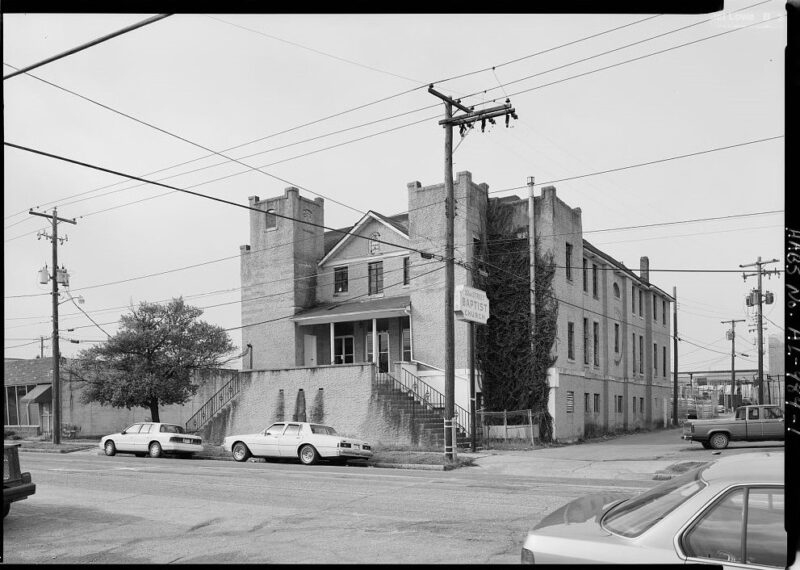
Failed development projects
In 2004, the former 32nd Street Baptist Church building was purchased by Christy Hotz and Robert Mason “Bob” Beauchamp, an attorney based in Albany, Georgia. They worked with Joey Longoria of Sims Architectural Studio to redesign the space into eight luxury condominium apartments featuring double-height ceilings and tall windows. The project was marketed under the name Rayfield Legacy and Rayfield Place. Although most of the pews were sold off, eight of the pews were salvaged to be reused in the project. In 2005, a stained-glass window from the church was donated to the Birmingham Civil Rights Institute. The project was never completed and the gutted structure was put back on the market.
The Naia Corporation is an information technology services and consulting firm founded in 1997 by Terry Lee and Tanveer Patel. In 2009 the firm moved from leased office space at 1213 2nd Avenue South to a 1940s-era corner grocery store on the corner of 32nd Street and 6th Avenue South, about 100 feet from the old church. That same year, Terry Lee announced plans for his development company Twin Oaks Investment Group, to purchase the church as well as adjacent property for their headquarters office. The firm received a $414,000 two-year low-interest economic development loan from the City of Birmingham to finance the purchase and renovation of the building.
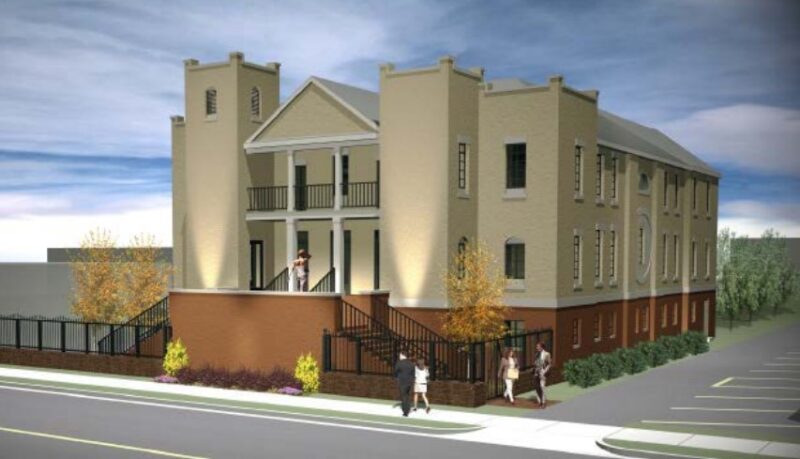
The project never got off the ground with local residents urging the Birmingham Board of Education to acquire and demolish the vacant church. Then-owner Elana Lee-Isa was interviewed in April 2013 by Linda Lyons. Lee-Isa said she purchased the church with her husband without doing any research on the history of the building until after they had bought it. They had the idea of restoring the building as an asset to the community, but also as a personal investment.
They considered several options for repurposing the building, including a small private school, a holistic wellness center, or a hospitality house serving nearby medical centers, but admitted that some of those were not feasible as they were simply not profitable. She expressed her desire to re-apply for recognition from the National Trust for Historic Places when the development project is completed to help protect the property from future demolition. Their ideas never came to fruition.
Demolition
According to property records, the property was purchased by Bretwood LLC from Twin Oaks Investment Group in 2016 for $210,000. The property was sold again to Elise L. Grace for $220,000 in 2018. As to why Twin Oaks Investment Group retained ownership until 2016 when Elana Lee-Isa claimed ownership of the property in 2013 is unknown. Ultimately, the old 32nd Street Baptist Church building was demolished in July 2021.
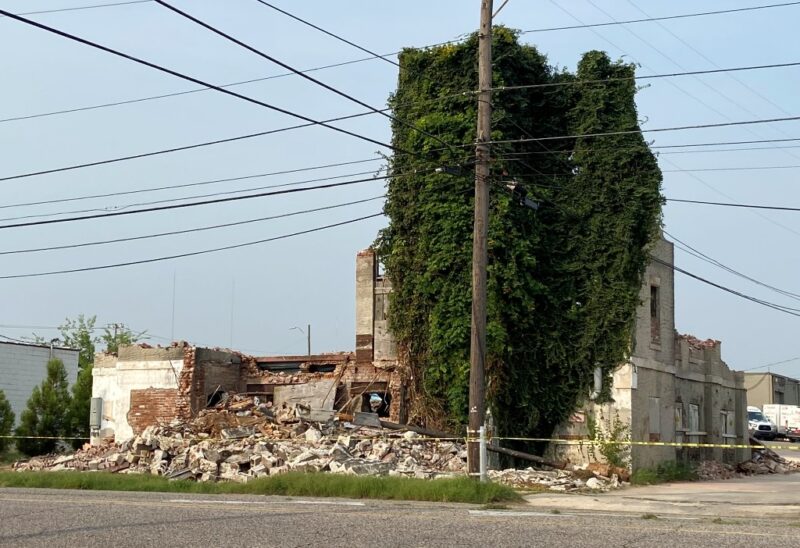
Photo Gallery
References
Preservation Magazine, Logan Ward. (January/February 2011). Rediscovering Mr. Rayfield: The legacy of a pioneering African American architect is being restored by an indefatigable Southern Baptist preacher
American Baptist Publican Society. (1919). The American Baptist Year-book
G. P. Hamilton. (1911). Beacon Lights of the Race pp. 451-457
Beyond the Book: Alabama African American History. (retrieved May 10, 2022). Wallace Rayfield
The Birmingham News. (November 17, 1921). Permits Issues For Two New Churches
The Birmingham Reporter. (January 20, 1923). REV. E. M. MORTON MEETS ACCIDENT AND LEFT LEG IS AMPUTATED. HE IS RESTING AT THE ST. VINCENT HOSPITAL
The Birmingham Reporter. (December 12, 1925). CHURCH MEMBERS REJOICE WITH PASTOR MORTON
Linda Lyons. (June 26, 2013). THE HISTORIC 32ND STREET BAPTIST CHURCH REBORN: EXPLORING INTERSECTIONS OF ADAPTIVE REUSE AND SENSE OF PLACE
The Birmingham Reporter. (March 16, 1929). MAY COME TO DR. MORTON’S OR FRIENDSHIP FOR MARCH AND APRIL
Historic American Buildings Survey. (1996). Thirty-Second Street Baptist Church, 518 Thirty-second Street, South, Birmingham, Jefferson County, AL.
Bhamwiki. (retrieved May 10, 2022). 32nd Street Baptist Church
Wikipedia. (retrieved May 10, 2022). C. L. Franklin

